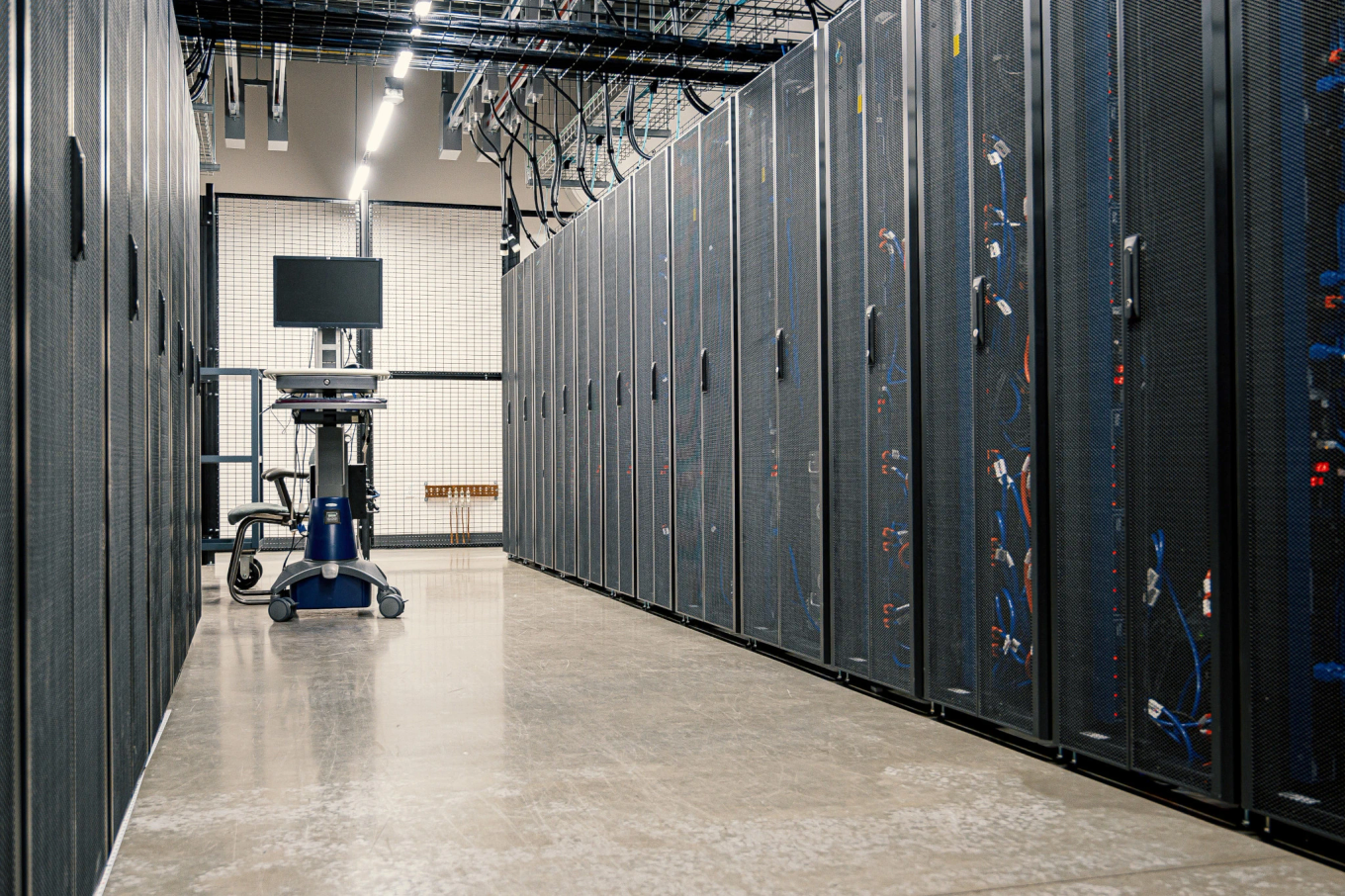Navigating the Contradiction: Remote Work, Virtual Realities, and the Essence of Togetherness

In recent times, the concept of remote work has sparked discussions about the evolving nature of the workplace. While many organizations are embracing the virtual realm, with technologies like Augmented Reality (AR) and Virtual Reality (VR), some significant entities have resisted the remote work movement. This seemingly paradoxical stance raises questions about the future of work, the human need for connection, and the balance between technological advancement and human togetherness. Let's delve into this complex contradiction and explore how being human is about fostering connections, regardless of physical distance.
The Rise of Remote Work and Virtual Realities
The advent of remote work, catalyzed by global events, has brought into focus the immense potential of digital communication tools and technologies. Remote work isn't just a logistical arrangement; it's a testament to the adaptability of human beings in the face of change. Simultaneously, AR and VR technologies are pushing the boundaries of what's possible in the digital world. They promise immersive experiences that can transcend physical limitations, from collaborative meetings in virtual boardrooms to training simulations in augmented environments.
The Contradiction: Resisting Remote Work Amidst a Virtual Frontier
However, it's notable that while some companies embrace the virtual possibilities of AR and VR, they hesitate to fully embrace remote work. This apparent contradiction stems from concerns about productivity, team collaboration, and the erosion of a sense of community that physical workplaces often foster. The challenge lies in finding a balance between harnessing the potential of remote work and leveraging immersive technologies while nurturing the human connections that are at the core of our social fabric.
Understanding the Essence of Togetherness
As humans, we're wired for connection and community. While technology has made the world more interconnected, it's essential to recognize that true togetherness goes beyond mere virtual interactions. Physical proximity allows for spontaneous conversations, shared experiences, and genuine camaraderie. These elements are integral to our emotional well-being and the synergistic creativity that emerges when diverse minds converge.
The Human Connection Beyond Workspace
The debate about remote work and virtual realities isn't just about where we work; it's about our ability to contribute to humanity as a whole. A thriving society is built on a foundation of collaboration, empathy, and mutual support. Remote work can be an avenue to enhance work-life balance and provide access to opportunities for individuals who might otherwise be excluded. However, virtual interactions, while valuable, should complement, not replace, the richness of in-person connections.
The Path Forward: Embracing Technology with Humanity
Navigating this contradiction requires a holistic perspective. Embracing remote work should be done with an understanding of its potential and limitations. Technology should serve as a tool that enhances human interactions, rather than distancing us from them. Just as we explore the possibilities of AR and VR, we must also foster environments where physical togetherness remains a cornerstone of our existence.
The contradiction between remote work and the potential of AR and VR technologies highlights the ongoing tension between technological progress and our fundamental need for human connection. Striking the right balance requires a nuanced approach that acknowledges the power of both virtual and physical realms. As we shape the future of work and embrace the possibilities of immersive technologies, let's remember that being human is about forging bonds, collaborating, and contributing to the betterment of humanity as a whole. The path forward is one that harmonizes technological advancement with the essence of what it means to be truly together.



